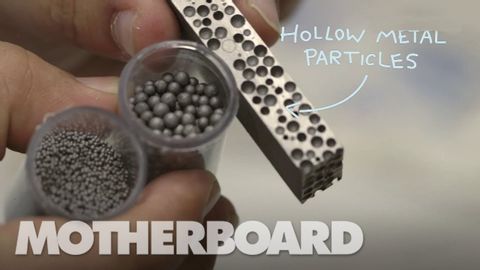
Subtitles & vocabulary
Engineering The Strongest Foam in the World
00
張育崧 posted on 2016/10/25Save
Video vocabulary
go
US /ɡo/
・
UK /ɡəʊ/
- Verb (Transitive/Intransitive)
- To attend or be at a place
- To do an activity
- Countable Noun
- A turn in a game
A1
More to
US /tu,tə/
・
UK /tə/
- Adverb
- Toward a point, person, place or thing
- Into a state of consciousness or awareness
- Preposition
- Showing that one thing is attached to another
- (Indicates a comparison between two people/things)
A1
More bar
US /bɑ:r/
・
UK /bɑ:(r)/
- Noun (Countable/Uncountable)
- Piece of (soap, chocolate etc.)
- Professional organization of lawyers and judges
- Transitive Verb
- To prevent entry, exit or an action
A2
More Use Energy
Unlock All Vocabulary
Unlock pronunciation, explanations, and filters
